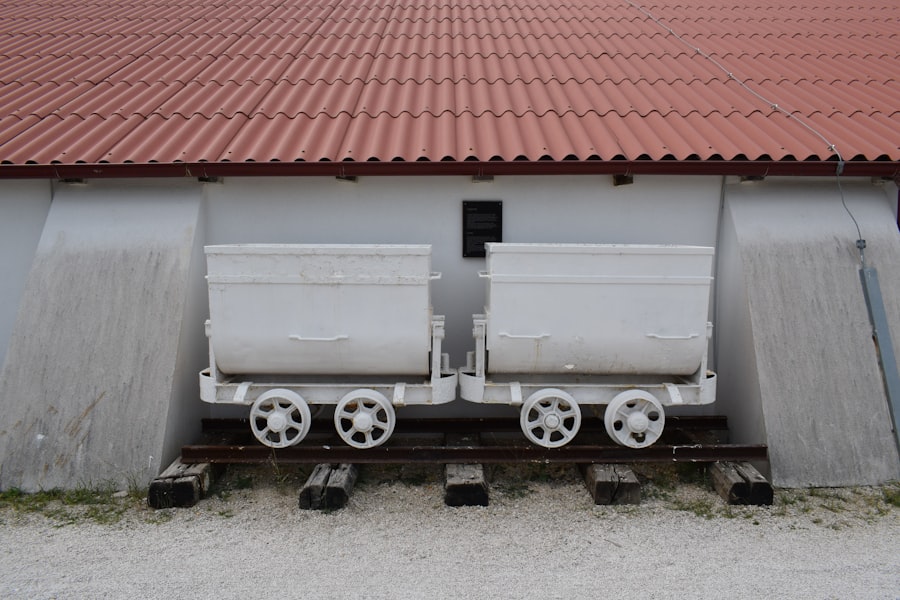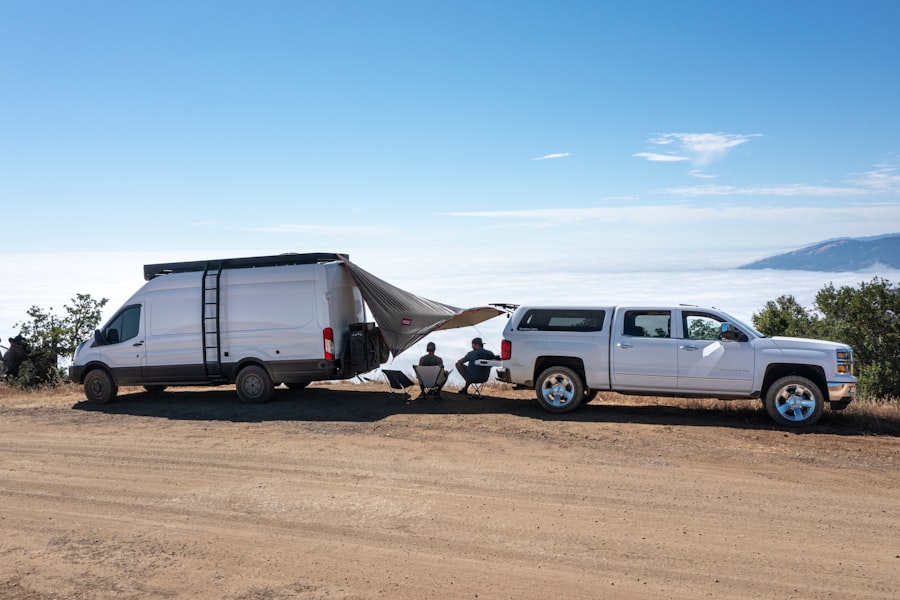When contemplating the purchase of a double wide trailer, the initial cost is often the first consideration that comes to mind. The price of these manufactured homes can vary significantly based on several factors, including size, design, and location. On average, a double wide trailer can range from $70,000 to $150,000, depending on the features and amenities included.
For instance, a basic model with minimal upgrades may be on the lower end of this spectrum, while a more luxurious version with high-end finishes and energy-efficient appliances could push the price upwards. Additionally, regional market conditions can influence costs; areas with a high demand for affordable housing may see inflated prices compared to regions where manufactured homes are less sought after. Beyond the base price of the trailer itself, potential buyers should also consider the costs associated with land acquisition if they do not already own a suitable plot.
Purchasing land can add tens of thousands of dollars to the overall expense. Furthermore, zoning regulations and local building codes may impose additional costs related to site preparation and compliance. For example, some areas may require specific permits or inspections before a double wide can be placed on a lot, which can further increase the initial financial outlay.
Therefore, understanding the full scope of initial costs is crucial for prospective buyers to avoid any unpleasant surprises down the line.
Key Takeaways
- Initial purchase price is just one part of the total cost of a double wide trailer.
- Delivery and set-up fees can significantly add to the overall expense.
- Additional costs like permits, utilities, and site preparation should be anticipated.
- Long-term maintenance and repair expenses impact the total cost of ownership.
- Financing options and resale value are important factors when comparing to traditional homes.
Factoring in Delivery and Set-Up
Once the initial purchase price is settled, the next significant expense to consider is the cost of delivery and set-up. Transporting a double wide trailer from the manufacturer to its final location involves logistical challenges that can incur substantial costs. The distance from the factory to the site plays a critical role in determining delivery fees; longer distances typically result in higher transportation costs.
Additionally, specialized equipment is often required to safely move and position these large structures, which can further add to expenses. For instance, if a trailer needs to be transported over difficult terrain or through urban areas with tight spaces, additional equipment or labor may be necessary. Set-up costs also encompass various essential services that ensure the trailer is properly installed and functional.
This includes connecting utilities such as water, electricity, and sewage systems, which may require hiring licensed professionals. Depending on local regulations, there may also be fees associated with obtaining permits for these connections. Moreover, site preparation—such as leveling the ground or laying a foundation—can add to the overall set-up costs.
Buyers should budget for these expenses in advance to ensure that their new home is not only delivered but also ready for immediate occupancy.
Considering Additional Expenses

In addition to the primary costs associated with purchasing and setting up a double wide trailer, there are numerous additional expenses that buyers must take into account. One of the most significant ongoing costs is property taxes. While manufactured homes often have lower property tax rates compared to traditional homes, they are still subject to taxation based on their assessed value and local tax rates.
Buyers should research their local tax laws to understand how much they can expect to pay annually. Insurance is another critical expense that should not be overlooked. Homeowners insurance for double wide trailers can differ from traditional home insurance policies due to their classification as personal property rather than real estate in some jurisdictions.
This distinction can lead to variations in coverage options and premiums. It’s advisable for buyers to shop around for insurance providers that specialize in manufactured homes to find a policy that meets their needs without breaking the bank. Additionally, maintenance costs such as landscaping, pest control, and routine repairs should be factored into the budget as well.
Evaluating Long-Term Maintenance Costs
| Metric | Description | Typical Range | Importance |
|---|---|---|---|
| Annual Maintenance Cost | Yearly expenses incurred for upkeep and repairs | 1% – 5% of initial project cost | High |
| Mean Time Between Failures (MTBF) | Average operational time between failures | 6 months – 5 years | High |
| Downtime Cost | Cost associated with system or equipment downtime | Varies by industry and system criticality | Medium |
| Labor Hours for Maintenance | Number of hours spent on maintenance activities annually | 100 – 1000 hours | Medium |
| Replacement Parts Cost | Expenses for parts needed to replace worn or broken components | 10% – 30% of annual maintenance cost | Medium |
| Energy Consumption Impact | Additional energy costs due to maintenance inefficiencies | 5% – 15% increase | Low |
| Service Contract Fees | Costs for third-party maintenance service agreements | Variable based on contract terms | Medium |
| System Upgrade Costs | Expenses related to software or hardware upgrades over time | 5% – 20% of initial cost over lifespan | Medium |
Long-term maintenance costs are an essential aspect of owning a double wide trailer that often gets underestimated during the initial purchasing phase. While these homes are designed for durability and efficiency, they still require regular upkeep to maintain their condition and value over time. Common maintenance tasks include roof inspections and repairs, HVAC system servicing, plumbing checks, and exterior maintenance such as painting or siding repairs.
Each of these tasks comes with its own set of costs that can accumulate over time. For example, roofing materials may need replacement every 15-30 years depending on the type used and local weather conditions. Similarly, HVAC systems typically require annual servicing to ensure optimal performance and longevity.
Homeowners should also be prepared for unexpected repairs; for instance, plumbing issues can arise suddenly and may require immediate attention from a professional plumber. Setting aside a dedicated maintenance fund can help mitigate the financial impact of these ongoing expenses and ensure that homeowners are prepared for any necessary repairs or upgrades.
Exploring Financing Options
Financing a double wide trailer presents unique challenges compared to traditional home mortgages. Many buyers may not realize that conventional mortgage lenders often view manufactured homes differently due to their classification as personal property rather than real estate. As a result, financing options may include personal loans or chattel loans specifically designed for mobile or manufactured homes.
These loans typically come with higher interest rates and shorter repayment terms than traditional mortgages. Additionally, some buyers may qualify for government-backed loans through programs such as FHA Title I loans or VA loans for veterans. These options can provide more favorable terms and lower down payment requirements compared to conventional financing methods.
It’s crucial for prospective buyers to thoroughly research all available financing options and consult with financial advisors or mortgage brokers who specialize in manufactured home financing. Understanding the nuances of each option can help buyers make informed decisions that align with their financial goals.
Comparing Double Wide Trailers to Traditional Homes

When weighing the decision between purchasing a double wide trailer versus a traditional home, several factors come into play that can significantly influence a buyer’s choice. One of the most compelling advantages of double wide trailers is their affordability; they typically cost less per square foot than traditional homes, making them an attractive option for first-time buyers or those looking to downsize without sacrificing space. Additionally, many modern double wide trailers come equipped with contemporary designs and amenities that rival those found in traditional homes.
However, there are also notable differences between these two housing options that potential buyers should consider carefully. Traditional homes often appreciate in value over time due to their classification as real estate, while double wide trailers may depreciate similarly to vehicles. This depreciation can impact resale value and long-term investment potential.
Furthermore, traditional homes generally offer more stability in terms of financing options and insurance coverage due to their classification as real property. Buyers must weigh these factors against their personal circumstances and long-term goals when deciding which option best suits their needs.
Investigating Resale Value
The resale value of a double wide trailer is an important consideration for buyers who may not plan to stay in their new home indefinitely. Unlike traditional homes that tend to appreciate over time due to factors such as location and market demand, double wide trailers often experience depreciation similar to vehicles. This depreciation can be influenced by various factors including age, condition, and market trends within the manufactured housing sector.
For instance, a well-maintained double wide trailer located in a desirable area may retain its value better than one situated in a less favorable location or one that has not been properly cared for over the years. Additionally, upgrades and renovations can positively impact resale value; modernizing appliances or enhancing curb appeal can make a significant difference when it comes time to sell. Buyers should conduct thorough research on market trends specific to manufactured homes in their area to gain insight into potential resale values before making a purchase.
Budgeting for Unexpected Costs
Finally, budgeting for unexpected costs is an essential aspect of owning a double wide trailer that cannot be overlooked. Homeownership often comes with unforeseen expenses that can arise at any moment—whether it’s an unexpected repair due to weather damage or an increase in property taxes due to changes in local regulations. Establishing an emergency fund specifically for home-related expenses can provide peace of mind and financial security.
Moreover, it’s wise for homeowners to anticipate potential increases in utility costs over time as energy prices fluctuate or as usage patterns change with family dynamics or lifestyle adjustments. Regularly reviewing budgets and adjusting them accordingly can help homeowners stay ahead of these unexpected expenses while ensuring they maintain financial stability throughout their ownership experience. By planning for contingencies and remaining proactive about budgeting, homeowners can navigate the complexities of owning a double wide trailer with greater confidence and ease.



